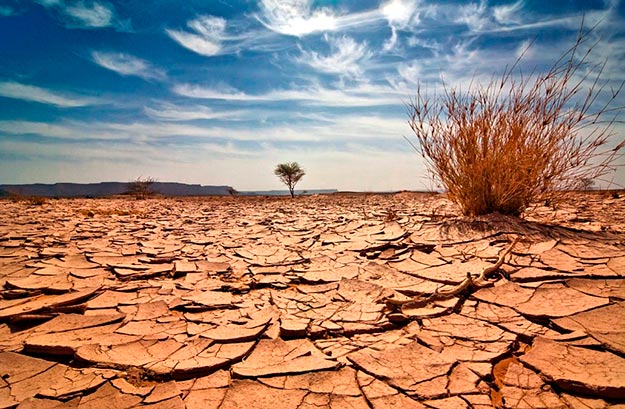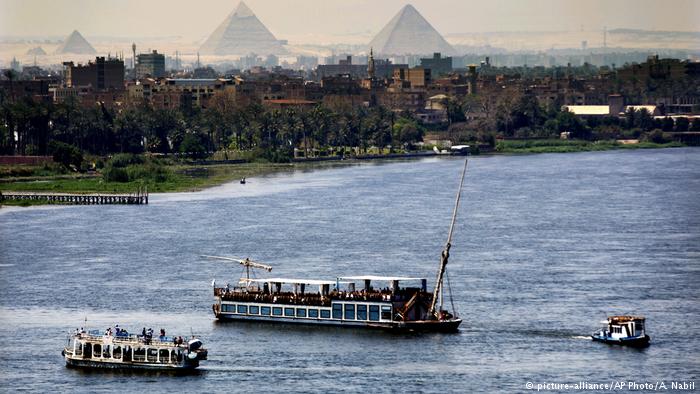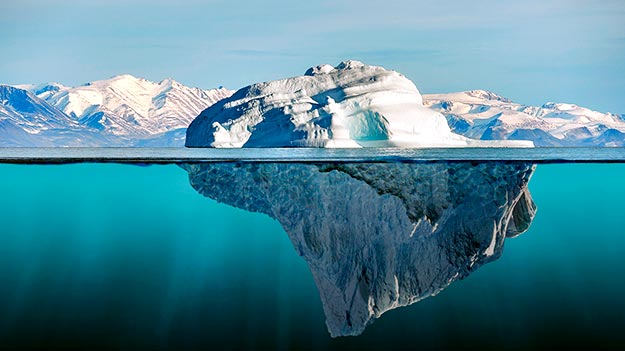We can survive for weeks without food – but without water? That’s a different story. Yet all over the world, people and wildlife alike are having to cope without it. We take a look at the devastating impact of drought.
Somalia
Nowhere in the world is the lack of water being more keenly felt at the moment than in Somalia. No water to drink or to grow food and nothing to give their ailing livestock – drought has the Horn of Africa region in its deathly grip. More than 110 people died within a single 48-hour period earlier this month, according to Somalia’s prime minister, but millions more are at risk.
Somalia usually has two seasons of rainfall: Deyr from October to December, and Gu, which begins in March. But for two years, there has been significantly less rainfall than normal – a disaster for agriculture dependent on rain water rather than irrigation. Read more












